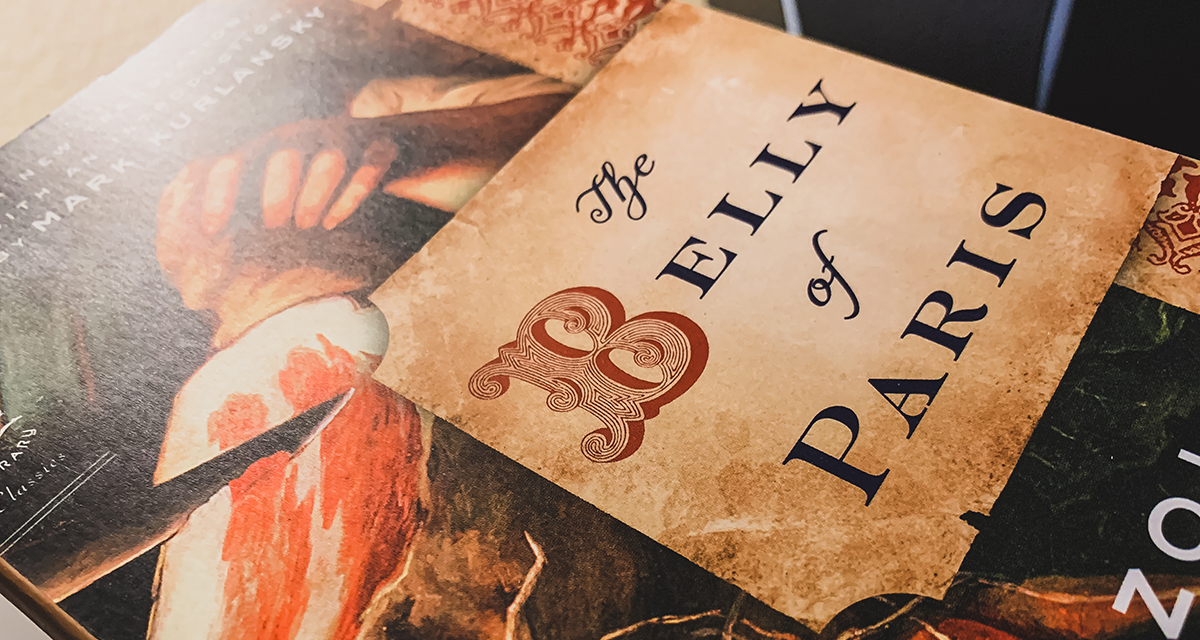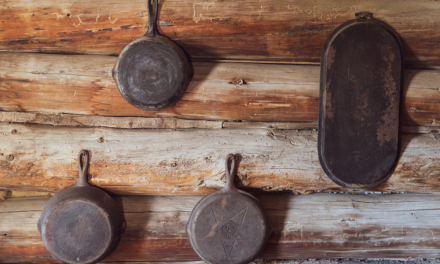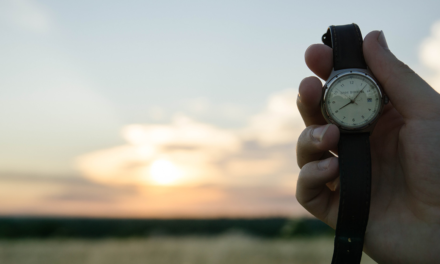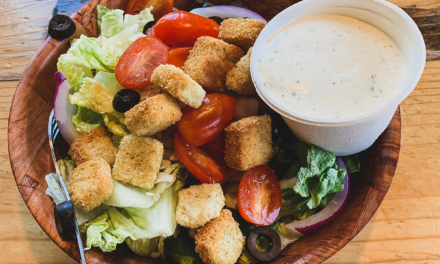*** SPOILER ALERT ***
The Belly of Paris, also known as Le Ventre de Paris in French, is a book in Emile Zola’s twenty-volume series Les Rougon-Macquart — a book recommended as an essential cuisine read by the great Anthony Bourdain.
The third book in the series, The Belly of Paris is preceded by A Love Episode; followed by The Bright Side of Life.
Emile Zola (Émile Édouard Charles Antoine Zola) was a novelist from France who contributed much to naturalism — and was known mostly for his Rougon-Macquart series capturing the Second French Empire.
Renowned food writer Mark Kurlansky also gives an introduction in the book translated to English.
The Belly of Paris & Its Many Mysteries
The setting of The Belly of Paris is Paris’s 19th-century central market — Les Halles. The main character, Florent, was once a prisoner and works in the market inspecting fish — with the author Emile Zola’s beautiful descriptions of the market painting a lively dance on the senses.
Although Les Halles was unfortunately demolished in 1971 and replaced with a Westfield shopping mall, much of its beauty and liveliness are captured in The Belly of Paris.
The book has gorgeous language, and a passage known as the “Cheese Symphony” describes a cheese shop in Les Halles — with the bries, parmesan, livarot and gerome creating delightful notes of smell.
Food aside, we see a changing world in Paris — with rich and poor clashing continuously, bubbling as a stew of people of all classes and types. Boiling and roiling, the pieces fall and the flavor is revealed — whether for good or for bad.
Reverence for Community-Driven Food
The Belly of Paris reminds me of the importance of reverence for the food around us and those who tirelessly work to create ingredients for cuisine that fills many restaurants worldwide.
This world may continue to change, but we celebrate the past and look to the future with optimism — all while hopefully taking our fill of delicious foods and repasts.





